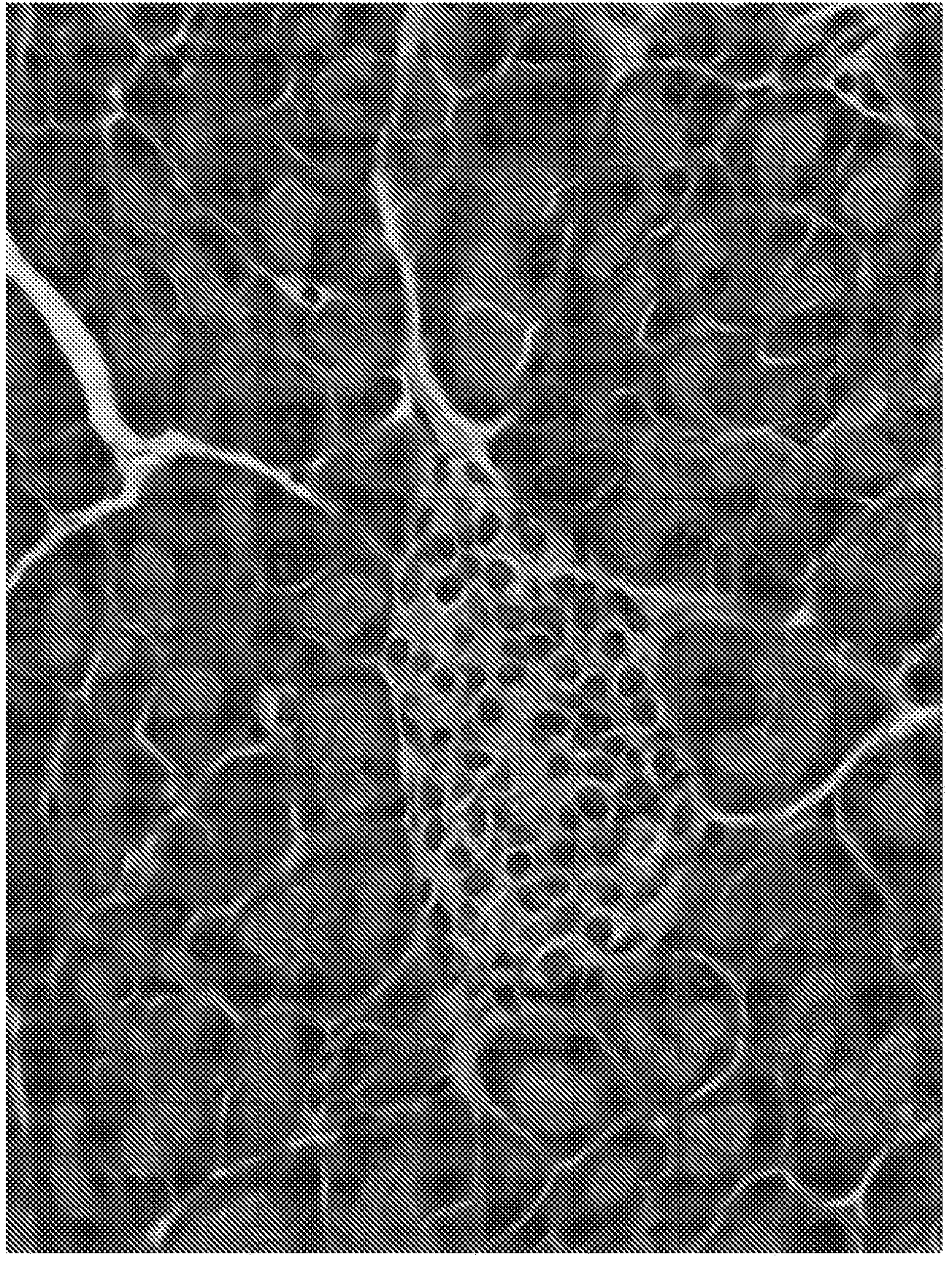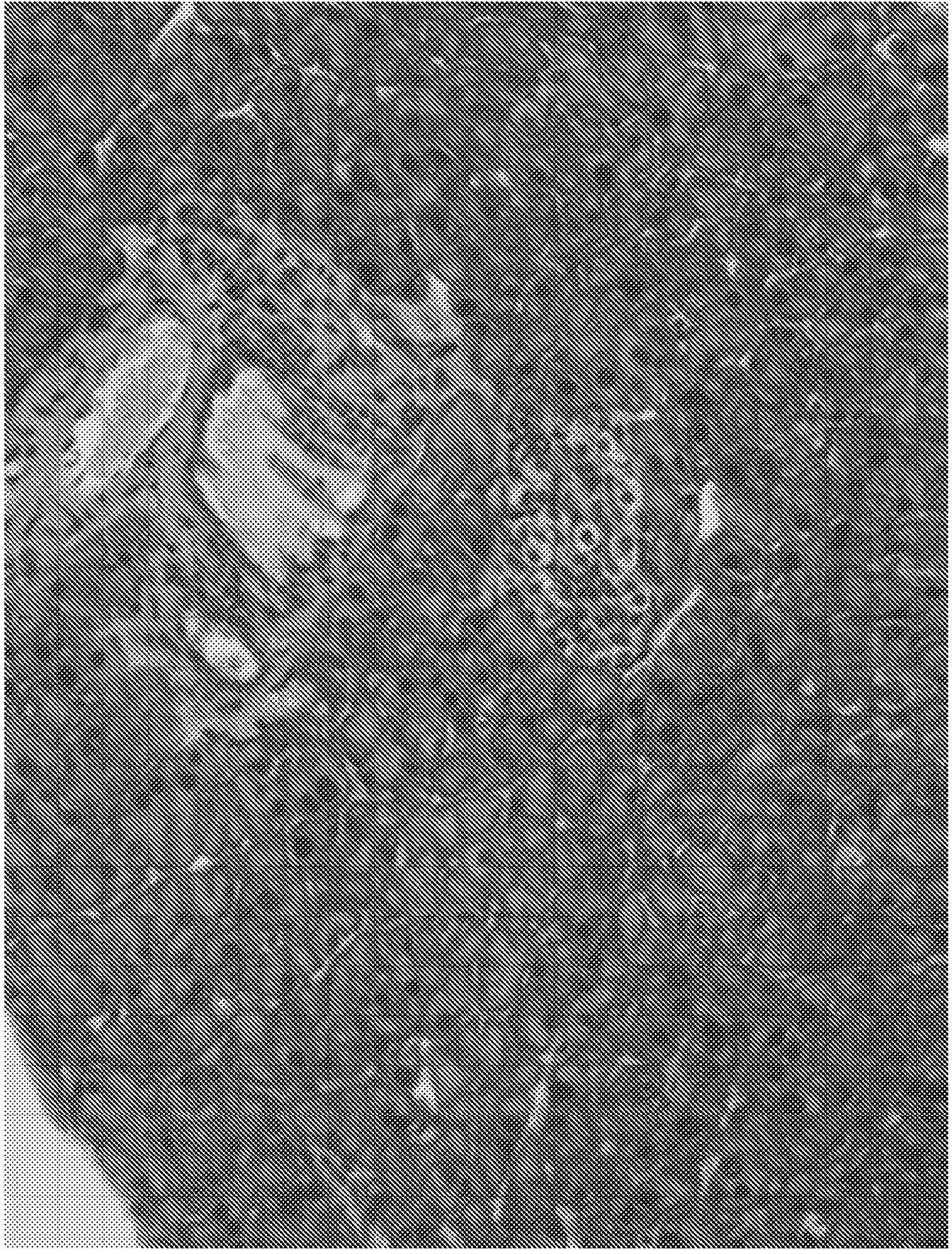Regeneration of islet beta cells by hsp60 derived peptides
A technology for deriving peptides and β cells, which can be applied in the fields of peptide/protein components, medical preparations containing active ingredients, oil/fat/wax non-active ingredients, etc., and can solve the problems of unmet needs of β-cell regeneration.
- Summary
- Abstract
- Description
- Claims
- Application Information
AI Technical Summary
Problems solved by technology
Method used
Image
Examples
Embodiment 1
[0188] Example 1: Non-obese diabetic NOD mouse model
[0189] Female non-obese diabetic (NOD) mice, which spontaneously develop autoimmune diabetes mimicking human T1D, were used to test the ability of Hsp60 peptides and peptide analogs to induce pancreatic β-cell regeneration. The NOD model has been described, eg, by Elias and Cohen (Lancet 1994, 343, 704-706). Insulitis develops at approximately 4 weeks of age in female NOD mice raised under specific pathogen-free (SPF) conditions. Hyperglycemia started around 12-15 weeks and by 20-30 weeks almost all female NOD mice were severely diabetic and most died without insulin treatment. A modified NOD model was used here, in which treatment was initiated at an advanced stage of the disease, after the mice had lost most of their remaining beta cells. Furthermore, the actual emergence of new beta-cells detected by increased C-peptide levels was measured in the modified protocol, rather than merely preserving initial C-peptide level...
Embodiment 2
[0203] Example 2: Animal Model of Beta Cell Regeneration in Chemically Induced Diabetes
[0204] The ability of DiaPep277 to induce or enhance β-cell regeneration was assessed in animal models in which diabetes was induced chemically rather than by autoimmune response (S. Lenzen, Diabetologia, 2008, 51:216-226).
[0205] In the high-dose streptozotocin model (Arora et al., Global Journal of Pharmacology, 2009, 3:81-84), an IP injection of streptozotocin at a dose of 180 mg / kg chemically destroys β-cells and induces insulin dependent diabetes. This diabetes is not based on autoimmune T cell effectors acting on β cells, but is due to direct chemical toxicity. This high-dose streptozotocin model is essentially different from the repeated low-dose model (40 mg / kg X 5, described in Lukic et al., Developmental Immunology, 1998, Vol.6, pp.119-128) that induces autoimmune disease ).
[0206] Furthermore, an alloxan-induced diabetic mouse model was used in which chemical diabetes wa...
PUM
| Property | Measurement | Unit |
|---|---|---|
| size | aaaaa | aaaaa |
| size | aaaaa | aaaaa |
Abstract
Description
Claims
Application Information
 Login to View More
Login to View More - R&D
- Intellectual Property
- Life Sciences
- Materials
- Tech Scout
- Unparalleled Data Quality
- Higher Quality Content
- 60% Fewer Hallucinations
Browse by: Latest US Patents, China's latest patents, Technical Efficacy Thesaurus, Application Domain, Technology Topic, Popular Technical Reports.
© 2025 PatSnap. All rights reserved.Legal|Privacy policy|Modern Slavery Act Transparency Statement|Sitemap|About US| Contact US: help@patsnap.com



